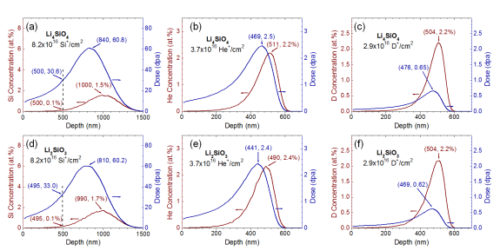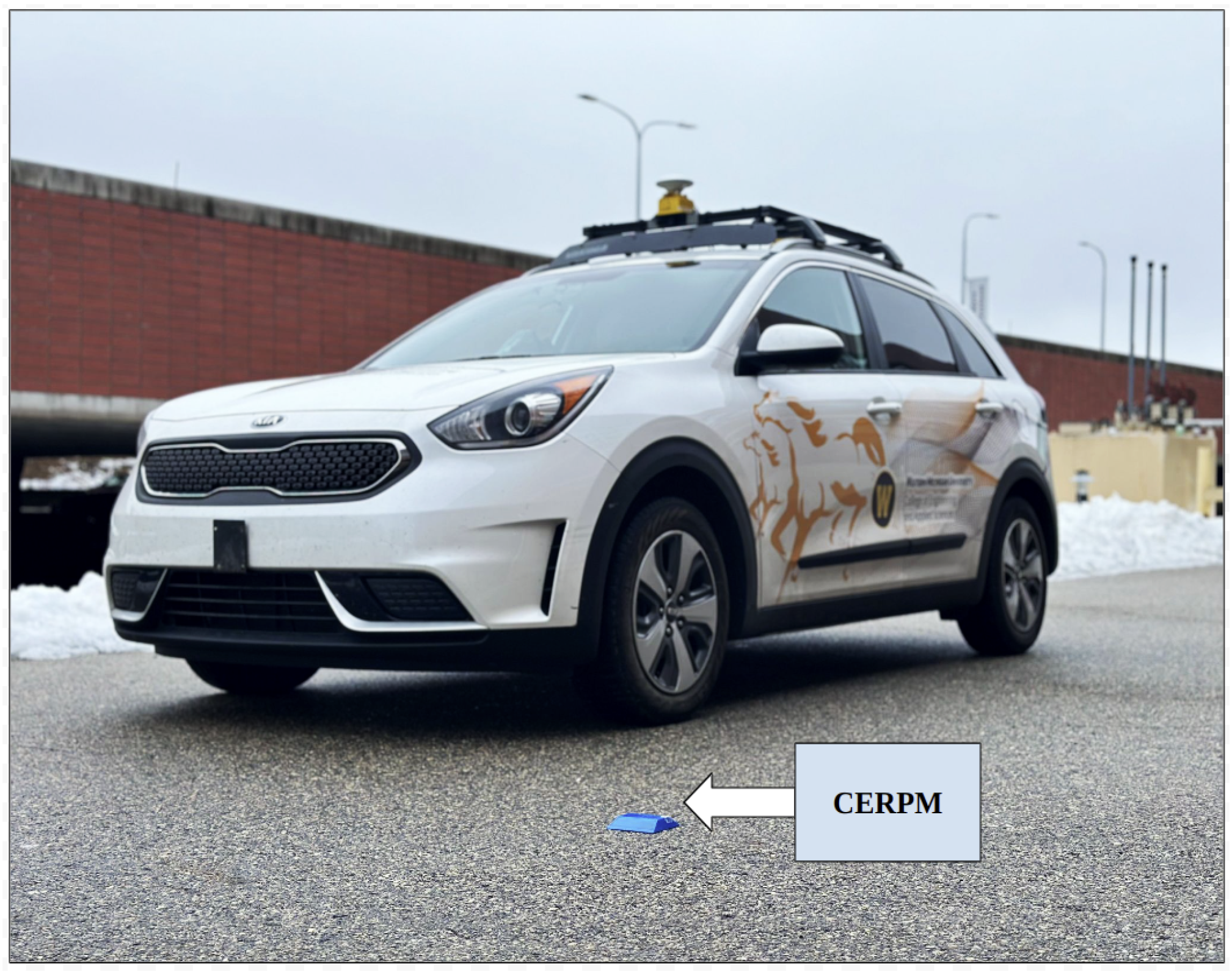2024-09-10 パシフィック・ノースウェスト国立研究所(PNNL)
<関連情報>
- https://www.pnnl.gov/publications/studying-lithium-silicates-fuel-fusion-reactions
- https://www.sciencedirect.com/science/article/abs/pii/S002231152300051X?via%3Dihub
核融合ブランケット応用のためのリチウムケイ酸塩のイオン照射研究 Ion irradiation study of lithium silicates for fusion blanket applications
Weilin Jiang, Libor Kovarik, Mark G. Wirth, Zihua Zhu, Nathan L. Canfield, Lorraine M. Seymour, Larry M. Bagaasen, Mark E. Bowden, Tamas Varga, Nicole R. Overman, Zhihan Hu, Lin Shao, David J. Senor
Journal of Nuclear Materials Available: online 15 January 2023
DOI:https://doi.org/10.1016/j.jnucmat.2023.154281

Abstract
This study reports on the ion-irradiation induced microstructural and compositional evolutions, behavior of deuterium release, and lithium loss from lithium silicates. Pellets of biphasic Li4SiO4 and Li2SiO3 were fabricated using hot pressing of milled powders. Sequential irradiation with Si+, He+ and D+ ions was performed up to 773 K to emulate one-year 6Li burnup in 6Li4SiO4 inside the SlimCS DEMO. Crystalline Li4SiO4 phase was not observed in the irradiated depth region in this study. In spite of full amorphization in the near-surface region, Li2SiO3 irradiated to a high dose at 773 K remained crystalline in the damage peak region, suggesting that Li2SiO3 is more irradiation resistant to amorphization than Li4SiO4. Radiolysis may be primarily responsible for the silicate decomposition and amorphization. Data from this study also show that D release from the pellet is very efficient during ion irradiation at 773 K, which is accompanied with a significant Li loss. Thermal annealing for 10 min at 773 K for the room-temperature irradiated pellet leads to a nearly complete D release without an observable Li loss. A concept of Ni coating on tritium breeder materials is discussed with supporting data to minimize Li loss without a significant impact on tritium diffusion and release.



